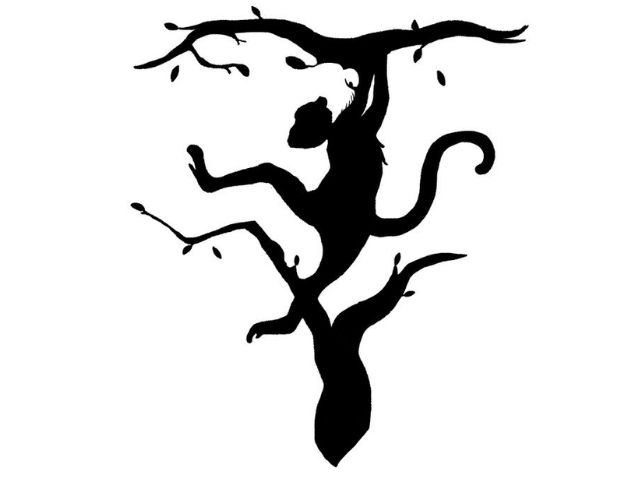Every visual illusion can be classified into one of three categories: physiological, cognitive, or literal. Let's look at these three groups and see which illusions fit into each. We hope that by the conclusion of this, you'll be inspired to visit the museum and classify some real-life illusions.
Physiological Illusions-
Physiological illusions develop when your eyes are subjected to elements like as brightness, tilt, or movement for a lengthy period of time. Even if you take your gaze away from the brightness, movement, or tilt, you will still be affected. Your brain will fill in the blanks with what it believes belongs there. The term "afterimage" describes this sensation.
You've undoubtedly had this experience previously without even realizing it! Consider a time when you stared at a bright light for an extended period of time. You probably saw the light's afterimage when you looked away. The light is the same size and form as the other, except it is the opposite color.
Cognitive Illusions-
Cognitive illusions are based on how people see the world. We enjoy cognitive illusions because everyone sees them differently, and which one you perceive first is determined by your familiarity with them. Cognitive illusions are further divided into four types: ambiguous, distorting, paradoxical, and fictitious. Keep a watch out for a future blog article where we'll go over the different varieties in greater detail.
Literal Illusions-
The term "literal illusion" is self-explanatory. They are optical illusions constructed solely for the purpose of being optical illusions, without any cognitive or physiological illusion characteristics. They are frequently generated by mixing several smaller photos to form a larger one. In art, the most well-known literal illusions can be discovered. Some people don't regard literal illusions to be illusions at all because they are purposefully made. At the Museum of Illusions, however, we like all optical illusions, deliberate or not.
The animal you see initially will tell which side of your brain is dominant and your personality traits in today's optical illusion.

Head of a Tiger
Your right side of the brain is dominant if you see a tiger's head first.You enjoy planning and analysing things before making a decision. You tend to be firm and reject the opinions of others because you made your decision after a lot of rational and calculative thinking.
Personality Characteristics:
1- To-Do List Maker: You enjoy making a to-do list before doing something.
2- Logical: Before coming to a conclusion, you observe and analyze.
3- Rationale: To attain your objectives, you make decisions based on facts.
4- Realistic: You are realistic in your expectations of what you can do in a given situation.
5- Specific: You have well-defined objectives and well-defined paths to reach them.
Monkey Suspended
You have a creative bent of mind if you see a dangling monkey first. Rather than using critical thinking, you rely on your intuition to make decisions.
Personality Characteristics:
1- Impulsive: You make snap decisions and have an uncanny ability to think outside the box.
2- Emotional: You are emotional and spend a lot of time overthinking your decisions before making them.
3- Creative: You have a creative mindset and are talented in music, the arts, and other creative fields.
4- Intuitive: You make decisions based on your feelings rather than rules.
5- Dreamer: You are a dreamer who frequently loses yourself in your dreams.
In the end, you can create these images with the help of graphics design. Learn with us
Graphic Designing (Mobile Tools Only) Batch-3 : 30 Hours Live Interactive Classes
Advance Graphic Designing Course: 90 Hours Live Interactive Classes
Digital Marketing Course (Batch-2) : 100 Hours of Live Interactive Classes !



